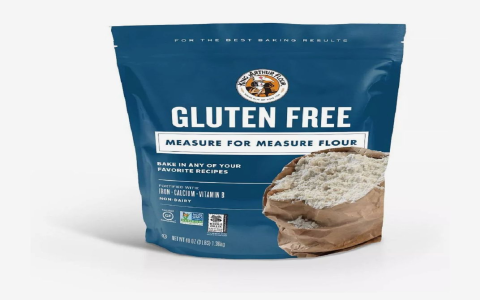In the vast world of baking, gluten often steals the spotlight, praised for its ability to create elastic doughs and chewy textures in our favorite pastries. However, the rise of low gluten flour in recent years has opened a Pandora’s box of possibilities, challenging traditional norms and inviting bakers to explore a realm where delicate, tender, and uniquely flavorful treats thrive. Far from being a mere substitute, low gluten flour is an ingredient with its own set of enchanting qualities, ready to revolutionize your baking experience.

At its core, gluten is a protein found in wheat, rye, and barley that forms when flour and water are mixed. It acts as a binding agent, giving dough its structure and strength. High-gluten flours are favored for bread baking, ensuring a robust loaf that rises well and holds its shape. Conversely, low gluten flour, often derived from softer wheat varieties or blends specifically formulated to reduce gluten content, offers a different set of advantages.
One of the most captivating aspects of baking with low gluten flour is the resulting texture. Pastries made with this type of flour tend to be softer, more tender, and melt-in-your-mouth. Cookies, cakes, and muffins baked with low gluten flour exhibit a delicate crumb that’s perfect for those who prefer a less chewy, more delicate eating experience. This characteristic makes low gluten flour ideal for delicate desserts like macarons, where a fine, airy texture is paramount.
Moreover, low gluten flour can be a godsend for those with gluten sensitivities or intolerances. While many gluten-free flours can lead to dense, heavy results, low gluten options often provide a happy medium. They allow bakers to create treats that are not only gluten-reduced but also retain a pleasing mouthfeel and flavor, bridging the gap between traditional and gluten-free baking.
Another intriguing benefit of low gluten flour lies in its versatility. Because it doesn’t develop as much strength as high-gluten flour, it’s less prone to over-mixing, a common pitfall that can turn pastries tough. This makes it an excellent choice for beginners who might struggle with the intricacies of gluten development. With low gluten flour, even a slightly over-mixed batter is more forgiving, still yielding a tender result.
Innovative bakers are also embracing low gluten flour for its potential in creating hybrid recipes. By blending it with high-gluten flour or gluten-free alternatives, they’re crafting unique textures and flavors that wouldn’t be possible otherwise. The result is a range of new and exciting baked goods that push the boundaries of traditional baking.

In conclusion, low gluten flour is more than just a niche ingredient; it’s a catalyst for creativity and innovation in the baking world. Its ability to produce tender, delicate pastries and its suitability for those with gluten sensitivities make it a versatile and indispensable tool for modern bakers. As we continue to explore its potential, the magic of low gluten flour will undoubtedly unveil even more fascinating dimensions in the art of baking.













